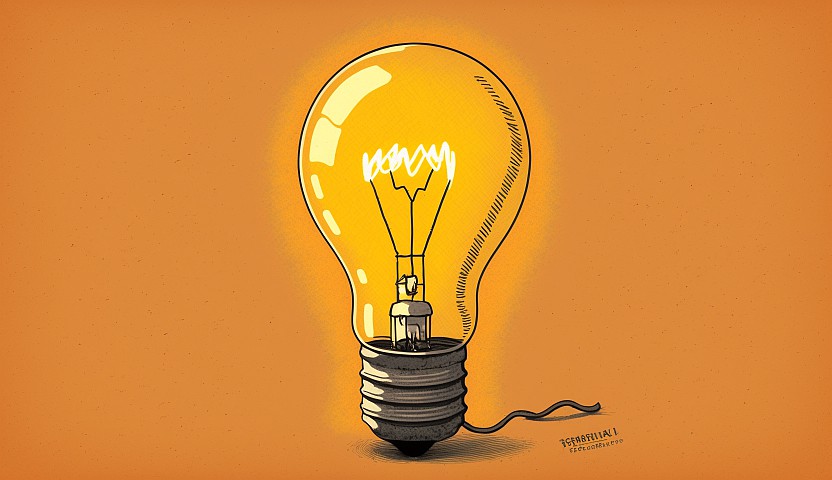Light bulbs are a staple in almost every household. They have been around for over a century and have gone through many changes in terms of technology, efficiency, and energy consumption. One type of lighting fixture that has been around for a long time is the incandescent light bulb. Incandescent bulbs are known for their warm and inviting glow, but they consume a lot of energy and can be expensive to operate. In this article, we will discuss the energy consumption and costs associated with using a 100W incandescent light bulb, as well as some money-saving tips that can help you reduce your energy bills.
How To Use This Calculator
Using this energy calculator is a simple and will help you determine the costs of running your appliance. Click on ‘Calculate’ to use the predefined values, or enter your daily usage in hours, appliance watts, and your current energy costs in dollars. The calculator will provide you with the daily, monthly, and yearly results. It’s important to ensure the accuracy of the information entered to get the most accurate results.
Hours Used Per Day
Enter the number of hours you estimate the appliance will be on throughout the day. To use fractions of an hour please use a decimal point in the form.
For example: 1 hour and 30 mintes would be 1.5, and 3 hours and 15 minutes would be 3.25
Power Used in Watts
The calculator already includes a default average wattage. If your appliance uses a different wattage then enter it in the calculator.
Your Energy Rate in kWh
The calculator includes an average energy rate (price in $/kWh) to use for the calculation. This may not be the exact price that you’re currently paying for electricity. If you know your energy rate please enter your price per kilowatt-hour.
Energy Consumption
The energy consumption of a light bulb is measured in watts. Wattage refers to the amount of electricity that a bulb uses to produce light. A 100W incandescent bulb uses 100 watts of electricity to produce light. This may not seem like a lot, but over time, the energy consumption can add up.
To put things into perspective, consider the following example: If you leave a 100W incandescent bulb on for 10 hours a day, it will consume 1 kWh (kilowatt-hour) of electricity per day. If you do this every day for a month, you will have consumed 30 kWh of electricity in total.
This may not seem like a lot, but if you have multiple light bulbs in your home, the energy consumption can quickly add up. In addition, over time, the cost of electricity is likely to increase, which will make your energy bills even higher.
Why is this important and relevant today?
In today’s world, energy conservation is more important than ever. Our planet is facing a climate crisis, and one of the biggest contributors to this crisis is the excessive use of energy. By using energy-efficient lighting fixtures, we can help reduce our carbon footprint and save money on our energy bills.
Cost in Dollars of Energy Usage
To calculate the cost of using a 100W incandescent bulb, we need to know how much electricity it consumes and how much we pay for electricity. Assuming the current energy price is $0.12/kWh, the cost of running a 100W bulb for 1 hour is $0.012.
If you leave a 100W bulb on for 10 hours a day, you will consume 1 kWh per day, which will cost you $0.12. If you do this every day for a month, you will have consumed 30 kWh of electricity, which will cost you $3.6 per month.
If you multiply this by 12, you will find that it costs $43.20 per year to run a single 100W incandescent bulb. If you have multiple light bulbs in your home, the costs can quickly add up.
Money-Saving Tips
If you want to reduce your energy bills, there are many things you can do to save money. Here are some tips:
- Replace your incandescent bulbs with energy-efficient LED bulbs. LED bulbs use less energy and last longer than incandescent bulbs.
- Turn off lights when you leave a room.
- Use natural light whenever possible.
- Install dimmer switches to reduce the amount of energy your light bulbs consume.
- Use motion sensors to turn off lights when no one is in the room.
By following these tips, you can reduce your energy bills and help protect the environment.
In conclusion, using a 100W incandescent bulb can be expensive and wasteful in terms of energy consumption. By using energy-efficient lighting fixtures and following some simple energy-saving tips, you can reduce your energy bills and help protect the environment.
